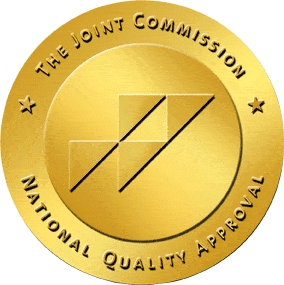Recent news reports involving meldonium use have reignited the discussion about doping among professional athletes. Athletic competitors who are caught using prohibited performance-enhancing drugs face fines, suspension from competition and possible permanent banning from their chosen sports.
The vast majority of sports organizations consider such drug use unethical and contrary to the spirit of sportsmanship. More importantly, in many cases, performance-boosting drugs also involve significant health risks and complications for the athletes.
What is Meldonium?
Meldonium, known also as Quaterine or by its trade name Mildronate, is a pharmaceutical invented in 1970 by Latvian chemist, Ivars Kalvins. The drug is manufactured and distributed primarily in Eastern European countries and was originally envisioned as a growth stimulator for animals and fowl, according to a United States patent granted in 1984.
However, in Russia and other states of the former Soviet Union, meldonium is primarily used as a heart medication to treat ischemia, a condition frequently caused by narrowing or blockage of coronary arteries. This condition results in a shortage of blood and oxygen to the heart muscle, which can progressively weaken the heart.
Clinical testing of the drug was first reported in 2005, with the conclusion that a combination of meldonium and lisinopril may improve the quality of life, exercise capacity and mechanisms of peripheral circulation in patients with chronic heart failure.
Additional research, which tested the efficacy and safety of the drug in combination with standard exercise tolerance therapy, concluded that meldonium improved the endurance and workload capacity of stable angina patients.
Some studies in patients with Parkinson’s or Alzheimer’s disease have also shown that meldonium affects the central nervous system by protecting against neurotoxicity, which benefits the mental capacity for learning and understanding.
Why Do Athletes Use Meldonium?
The World Anti-Doping Agency added meldonium to their list of prohibited substances. Since its ban in January 2016, numerous athletes have tested positive for the substance. The list is growing rapidly, including a large number of Russian athletes, which may be due to its wider use and availability in that part of the world.
Biathletes, cyclists, ice dancers and judo wrestlers have become the latest athletes to test positive for meldonium. The most well-known athlete to admit using the drug was tennis player Maria Sharapova, who is the highest-paid female athlete in the world.
But why would these world-class athletes, who are presumably in excellent health, take a medication designed for those with heart problems?
As indicated by the symptoms it was developed to treat, meldonium basically increases and improves blood flow. By reducing oxygen consumption within cellular structures, it significantly boosts an athlete’s endurance and tolerance for increased physical workloads. It also reduces the time needed for recovery from exertion, which is particularly important for achieving top performance.
What are the Risks of Meldonium?
Contrary to the almost glowing statements about meldonium’s potential benefits, there is considerable uncertainty surrounding the actual performance improvements for athletes.
Mark Stuart, a London pharmacist who is on the medical and anti-doping commission of the European Olympic Committees stated, “The evidence around whether it is a performance-enhancing drug is quite thin.” In fact, some evidence shows that when used by a healthy individual it might actually hinder performance by causing the slower release of energy through the breakdown of fat.
So could the drug pose a health concern to someone who does not have a condition for which the drug is approved? As with nearly all drugs or medications, there are potential side effects for meldonium. These may include:
Irregular heartbeat
Changes in blood pressure
Irregular skin conditions
Allergic reaction
Indigestion
Some experts argue there is no scientifically proven danger for using meldonium as a performance enhancer. Even so, the ban has imposed ethical and legal grounds for prohibiting athletes from using the substance.
As with all medications, unwarranted and unsupervised use is ill-advised. Using meldonium without a legitimate medical need may pose risks to your health, even if they are undocumented or haven’t been studied officially.



